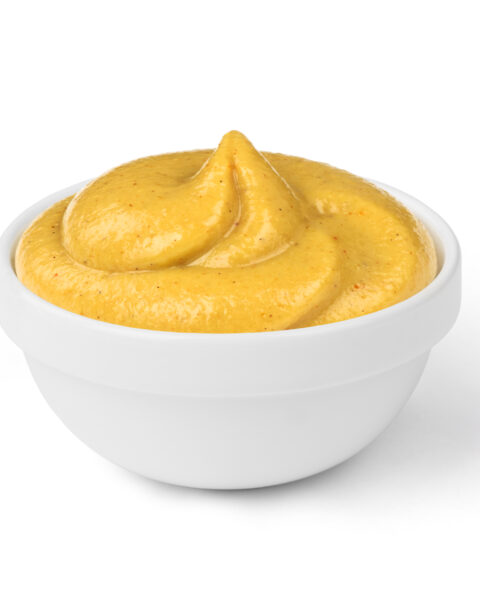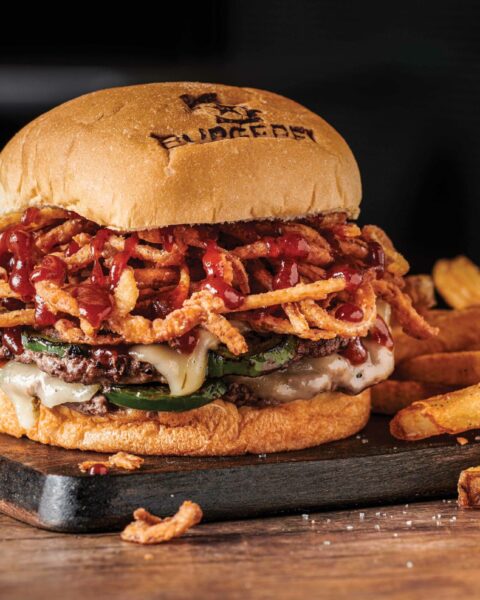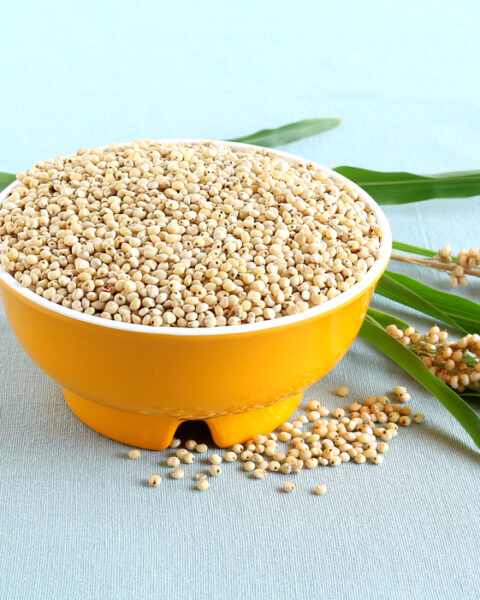Many of the healthiest ingredients are also some of the most affordable. However, the challenge is in learning how to put these ingredients together in ways that are both satisfying and easy to prepare. With a bit of planning and creativity, you can cook nutritious, delicious meals that don’t break the bank. These easy and effective strategies will help you create wholesome meals that are as kind to your wallet as they are to your body.
Contents
- 1 Plan Your Meals Ahead of Time
- 2 Buy in Bulk
- 3 Focus on Seasonal Produce
- 4 Cook in Batches
- 5 Use Meat as a Condiment
- 6 Embrace Plant-Based Proteins
- 7 Make Your Own Sauces and Dressings
- 8 Grow Your Own Herbs
- 9 Use Leftovers Creatively
- 10 Stick to Simple Recipes
- 11 Utilize Frozen Fruits and Vegetables
- 12 Buy Generic Brands
- 13 Incorporate Whole Grains
- 14 Use Cheaper Cuts of Meat
- 15 Cook from Scratch
- 16 Limit Processed Foods
- 17 Repurpose Food Scraps
- 18 More From RetailShout
- 19 15 Stylish Target Finds That Look Way Beyond Their Price
- 20 10 November Food and Drink Pairings for Every Fall Occasion
Plan Your Meals Ahead of Time
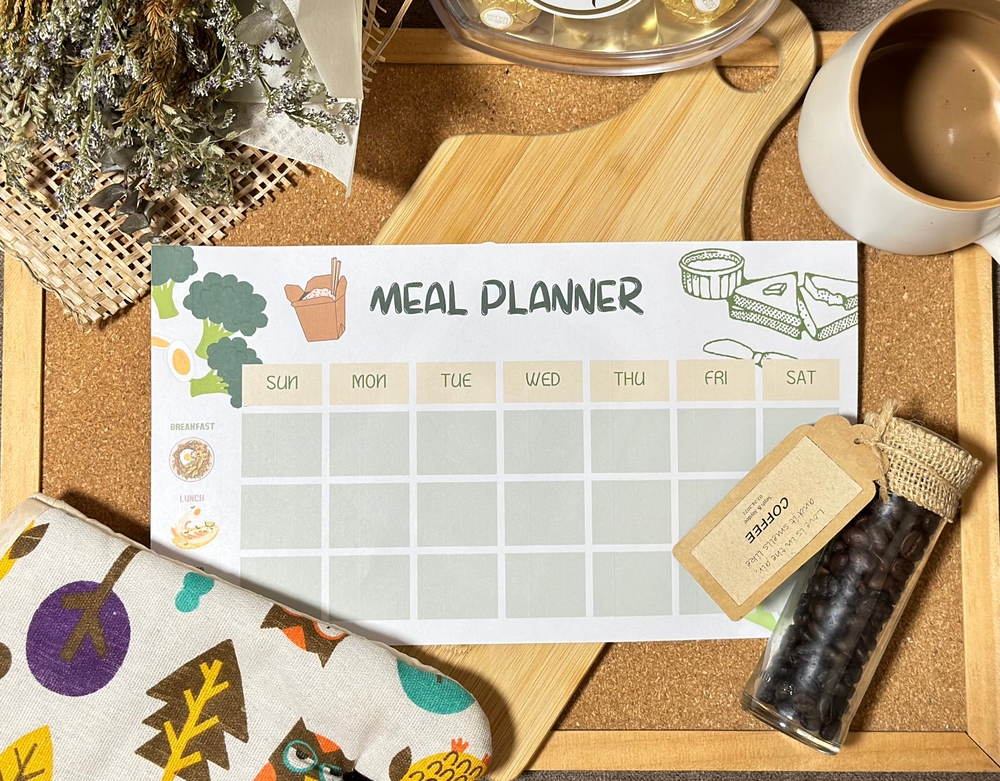
Planning your meals in advance is one of the most effective ways to save money and eat healthy. Start by creating a weekly menu that includes breakfast, lunch, and dinner. Make sure to include a variety of vegetables, lean proteins, and whole grains to keep your diet balanced. By sticking to your plan, you can avoid impulse buys and reduce food waste. Additionally, shopping with a list based on your meal plan can help you stay on budget.
Buy in Bulk

Purchasing staple items like grains, beans, and spices in bulk can significantly reduce your grocery bill. These items have a long shelf life, and buying in bulk means you’re paying less per unit. You can also buy fresh produce in bulk and freeze what you won’t use immediately, preserving its nutritional value. Consider joining a wholesale club or visiting a local farmers’ market to take advantage of bulk pricing. This approach not only saves money but also ensures you always have healthy ingredients on hand.
Focus on Seasonal Produce

Eating seasonally is not only healthier but also more economical. Seasonal fruits and vegetables are abundant and often less expensive because they don’t require long transportation or storage times. Look for local farmers’ markets or community-supported agriculture (CSA) programs where you can purchase fresh, seasonal produce at lower prices. Not only will you be saving money, but you’ll also be getting the freshest and most nutrient-dense produce available. Seasonal eating also encourages you to diversify your diet throughout the year.
Cook in Batches
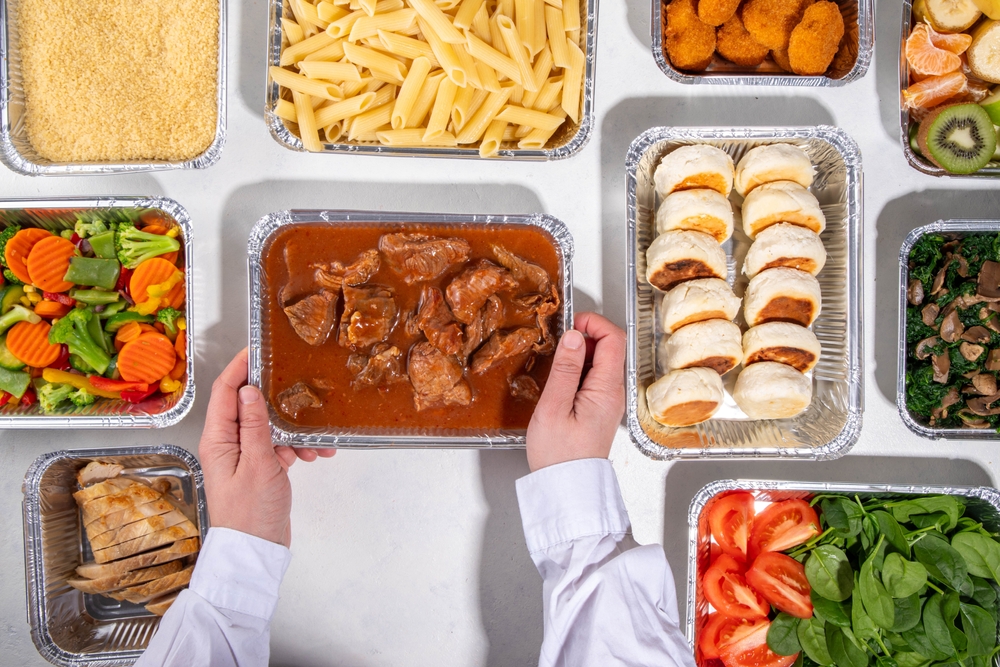
Batch cooking is a great way to save time and money while ensuring you have healthy meals ready to go throughout the week. Dedicate a day to prepare large quantities of meals, which you can then divide into portions and freeze. Soups, stews, casseroles, and chili are perfect for batch cooking. This method allows you to buy ingredients in larger, more cost-effective quantities. When you have pre-made meals on hand, you’re less likely to order takeout or eat unhealthy convenience foods.
Use Meat as a Condiment
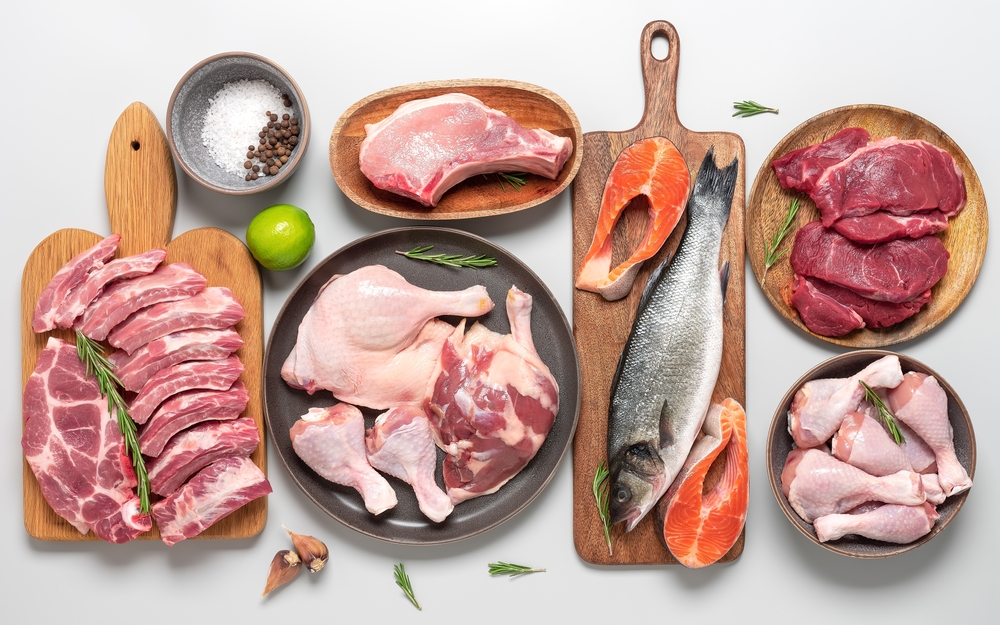
Meat is often the most expensive component of a meal, so using it sparingly can help you stay within your budget. Instead of making meat the main attraction, use it to add flavor and richness to dishes that are primarily made up of vegetables, grains, or legumes. For example, a stir-fry with a small amount of chicken or beef mixed with plenty of veggies and a side of rice can be both satisfying and budget-friendly. This approach reduces your meat consumption, which is beneficial for both your health and your wallet.
Embrace Plant-Based Proteins
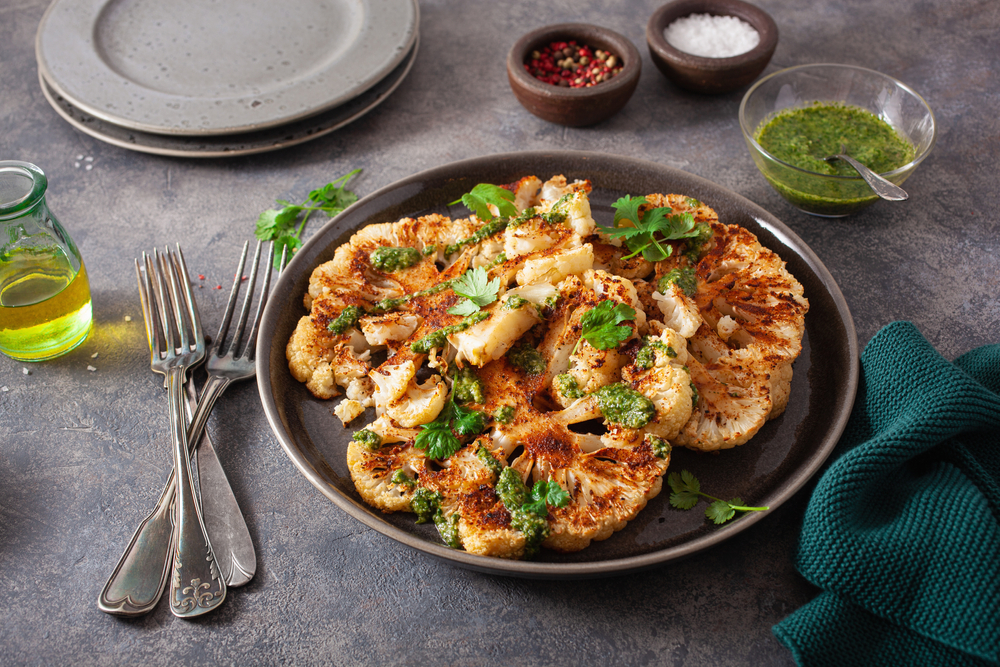
Plant-based proteins like beans, lentils, tofu, and quinoa are not only affordable but also packed with nutrients. These foods are rich in protein, fiber, vitamins, and minerals, making them an excellent alternative to more expensive animal proteins. Incorporate dishes like lentil soups, bean salads, or quinoa bowls into your weekly menu. By focusing on plant-based meals, you can reduce your grocery costs and increase your intake of heart-healthy foods. Plus, these ingredients are versatile and can be used in a variety of cuisines.
Make Your Own Sauces and Dressings
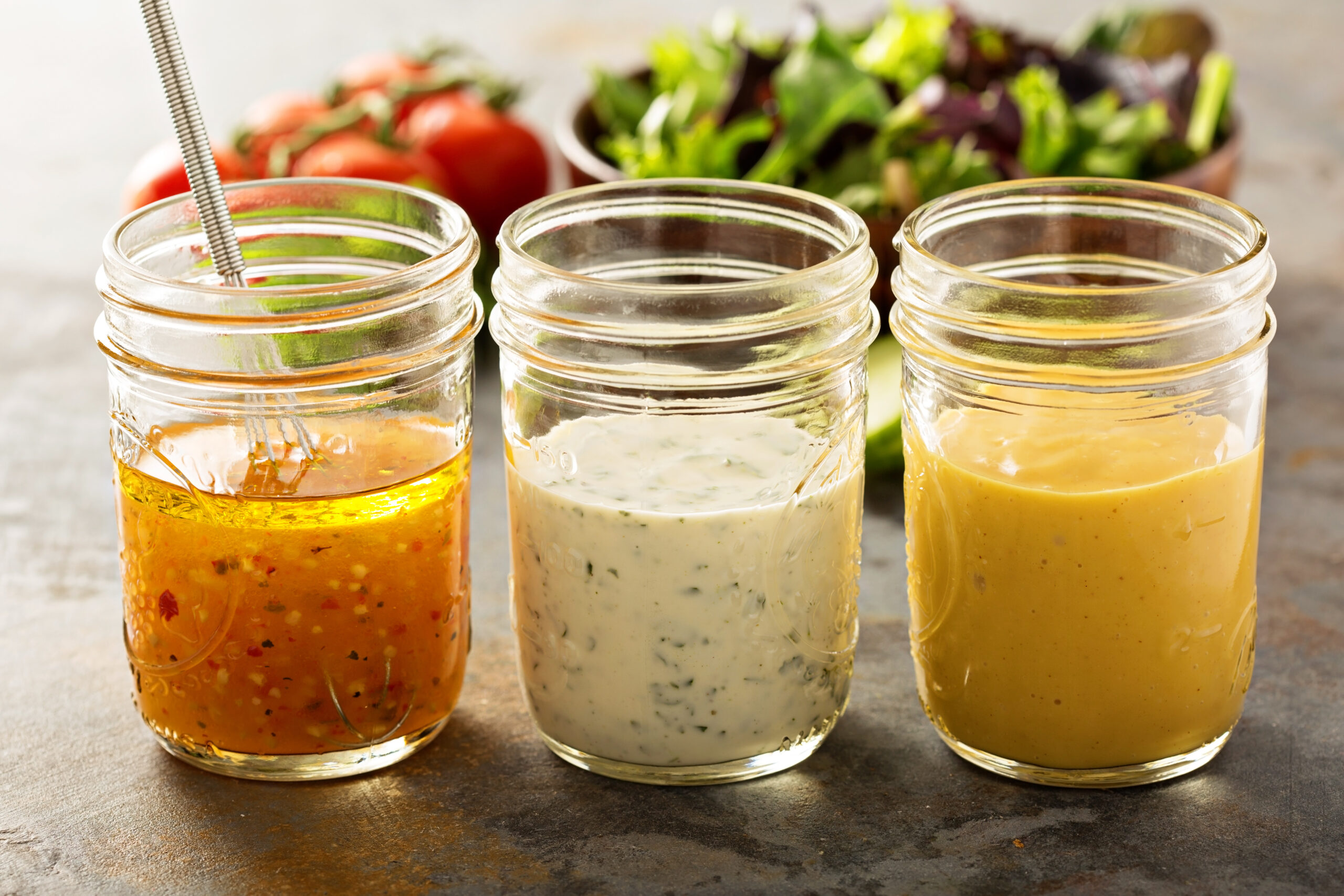
Store-bought sauces and dressings can be expensive and often contain added sugars, sodium, and preservatives. Making your own at home is healthier, cheaper, and surprisingly easy. Basic ingredients like olive oil, vinegar, mustard, herbs, and spices can be used to create a variety of dressings and sauces. You can customize them to your taste and avoid unnecessary additives. Homemade options not only taste better but can also be made in bulk and stored for future use, saving you money over time.
Grow Your Own Herbs

Herbs add flavor and depth to your meals without adding calories, but they can be pricey at the grocery store. Growing your own herbs at home is a cost-effective and rewarding way to ensure you always have fresh herbs on hand. Start with easy-to-grow varieties like basil, parsley, cilantro, and mint. You don’t need a large garden—many herbs can be grown in small pots on a windowsill or balcony. By growing your own, you can save money and enjoy the freshest flavors possible.
Use Leftovers Creatively
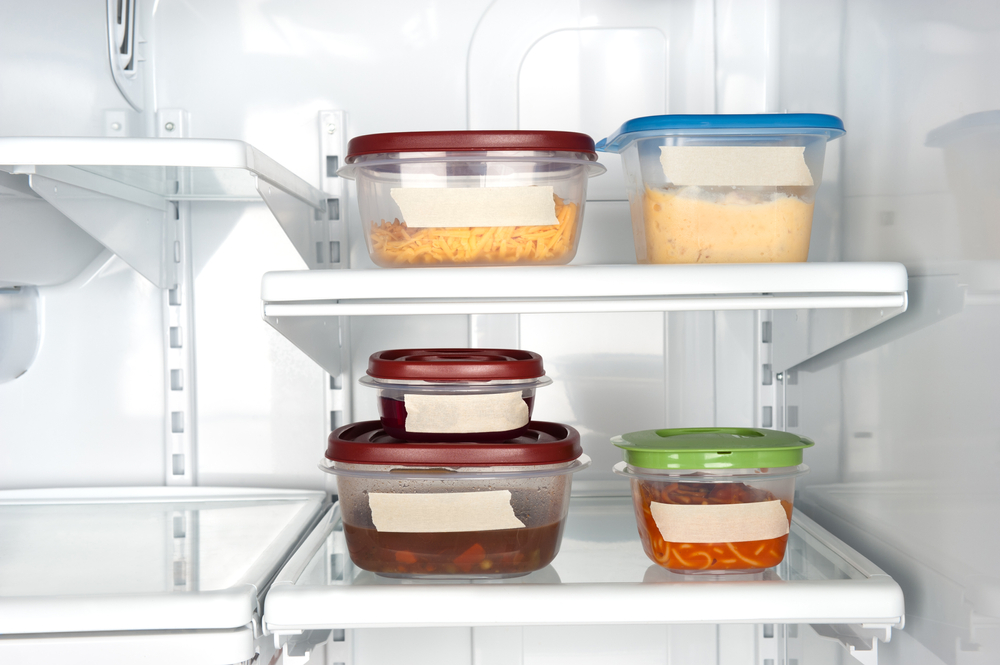
Turning leftovers into new meals is a smart way to reduce food waste and save money. Instead of throwing out extra food, get creative and repurpose it. For example, leftover roasted vegetables can be used in a frittata, or cooked grains can be turned into a stir-fry or salad. Soups and stews are also great for incorporating a variety of leftovers. By finding new ways to use what you already have, you’ll stretch your grocery budget further and reduce the amount of food you waste.
Stick to Simple Recipes
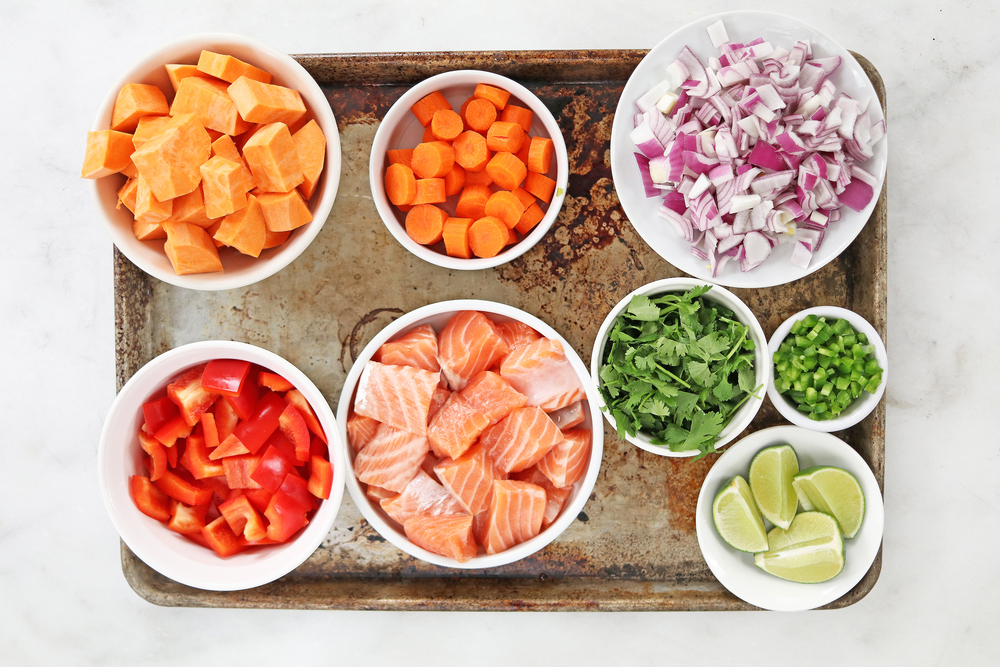
When cooking on a budget, it’s best to stick to simple recipes that use a few basic ingredients. Dishes like soups, stir-fries, and salads can be made with inexpensive staples like vegetables, grains, and legumes. Avoid recipes that require expensive or hard-to-find ingredients, and instead, focus on maximizing the flavor of simple, wholesome foods. Simple recipes are often quicker to prepare and can help you avoid the temptation of ordering takeout when you’re short on time.
Utilize Frozen Fruits and Vegetables
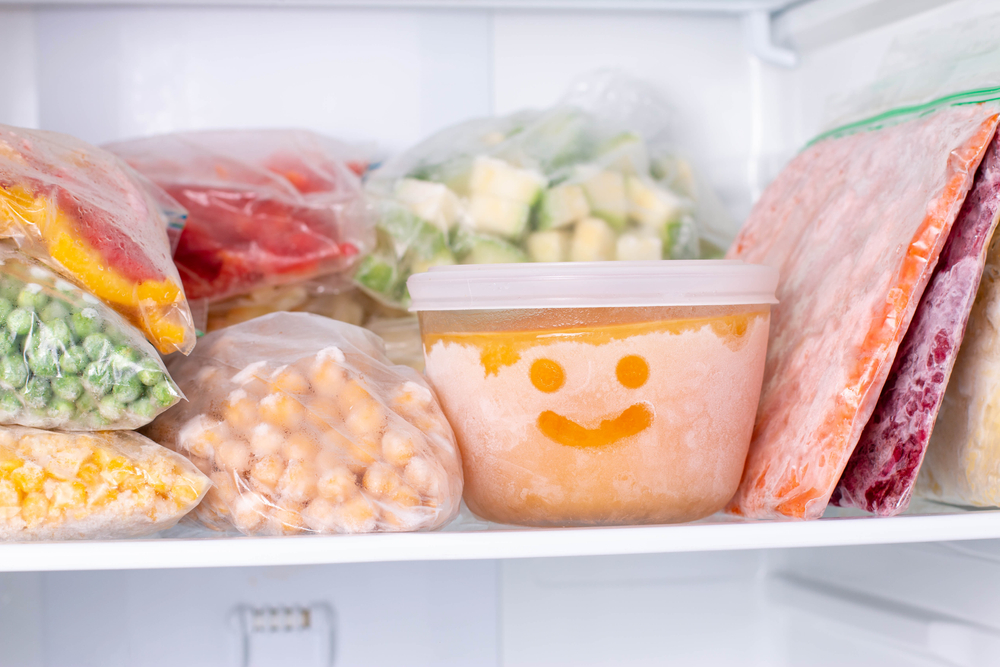
Frozen fruits and vegetables are often just as nutritious as fresh ones and can be a more affordable option, especially when certain produce is out of season. Stock up on frozen options like spinach, berries, and mixed vegetables, which can be easily added to smoothies, soups, and casseroles. Frozen produce is convenient because it’s already prepped and doesn’t spoil quickly, reducing food waste. Plus, buying frozen allows you to enjoy your favorite fruits and vegetables year-round without breaking the bank.
Buy Generic Brands

When shopping for groceries, don’t overlook generic or store brands, which are often cheaper than name-brand products but just as good in quality. Items like canned goods, grains, and dairy products are great candidates for switching to generic. In many cases, the ingredients and nutritional value are identical to their pricier counterparts. By opting for generic brands, you can save a significant amount on your grocery bill without compromising on the quality of your meals.
Incorporate Whole Grains
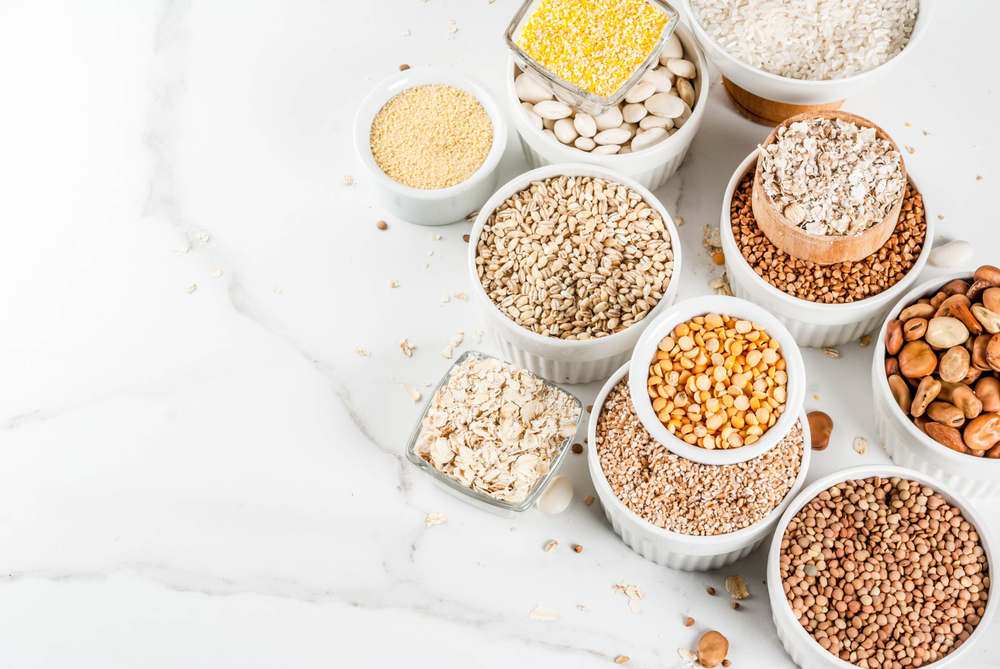
Whole grains like brown rice, oats, and barley are not only nutritious but also cost-effective. These grains are high in fiber, which keeps you feeling full longer, helping you eat less and save money. Whole grains can be used as the base for many dishes, from breakfast bowls to side dishes and salads. They’re also versatile and can be cooked in large batches and stored for later use. Incorporating whole grains into your diet is an easy and budget-friendly way to boost your overall nutrition.
Use Cheaper Cuts of Meat
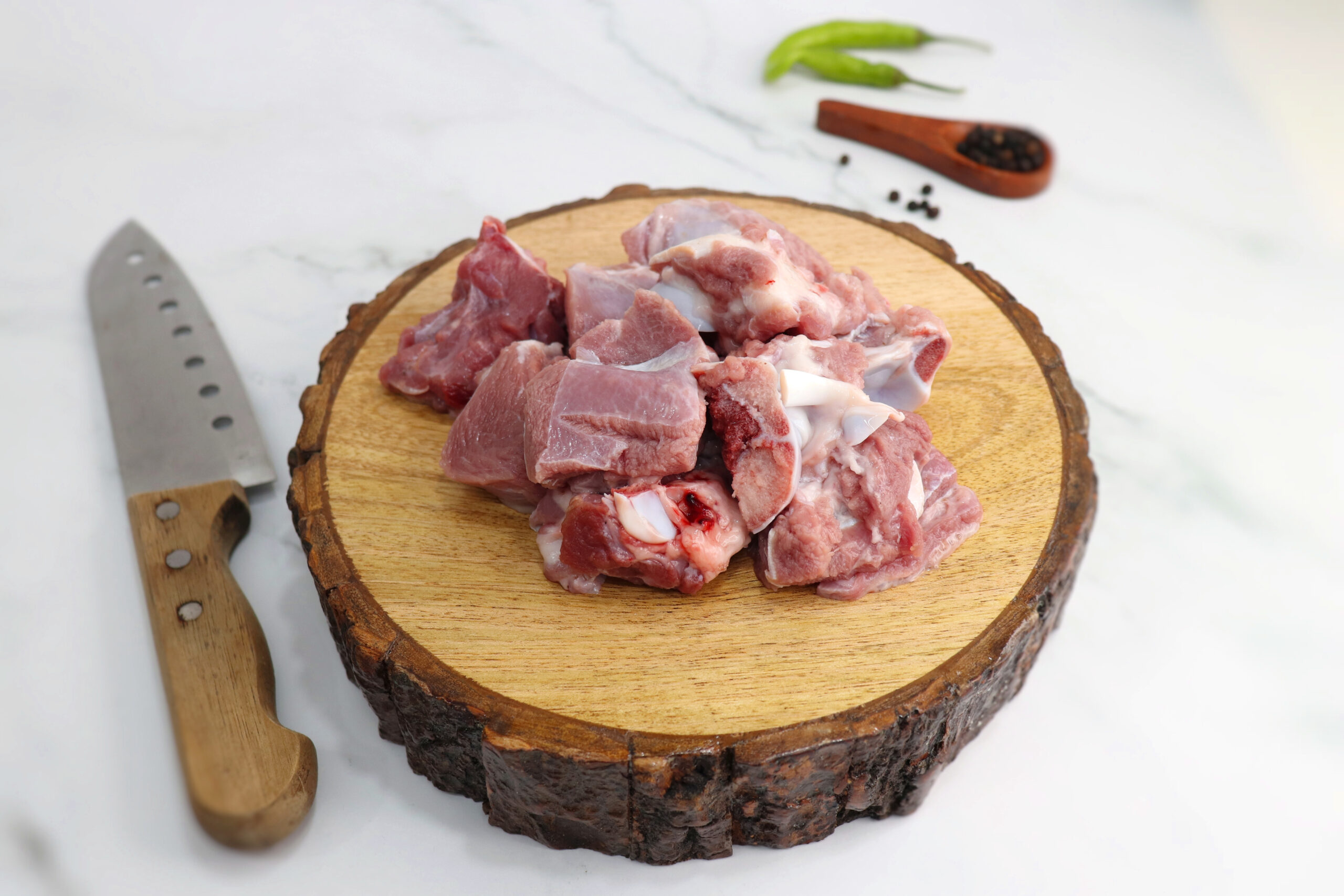
Cheaper cuts of meat, such as chicken thighs, pork shoulder, or beef chuck, can be just as flavorful and nutritious as more expensive cuts if cooked properly. These cuts are ideal for slow cooking or braising, which tenderizes the meat and enhances its flavor. Cooking with cheaper cuts also allows you to buy in larger quantities, which can be more economical. By learning how to cook these cuts well, you can enjoy delicious, hearty meals without overspending.
Cook from Scratch
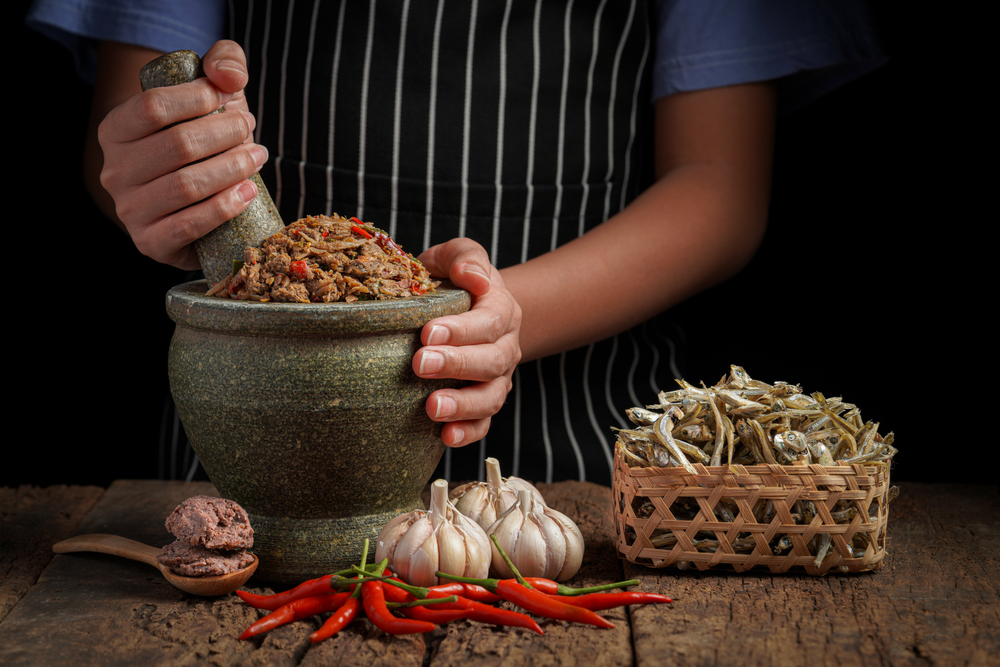
Cooking from scratch is one of the best ways to ensure that your meals are healthy and affordable. Pre-packaged and convenience foods often come with a higher price tag and can be loaded with unhealthy ingredients. By making your own meals from whole ingredients, you have full control over what goes into your food. Start with simple recipes and gradually build your cooking skills. Not only will you save money, but you’ll also be able to create meals that are tailored to your taste and nutritional needs.
Limit Processed Foods

Processed foods tend to be more expensive and less nutritious than whole foods. Items like chips, frozen dinners, and sugary snacks can quickly eat up your grocery budget while providing little nutritional value. Instead, focus on filling your cart with whole foods like fresh produce, grains, and lean proteins. Preparing your own snacks and meals from whole ingredients is not only healthier but also more cost-effective. By limiting processed foods, you’ll be able to stretch your grocery budget further and ensure that you’re eating meals that nourish your body.
Repurpose Food Scraps
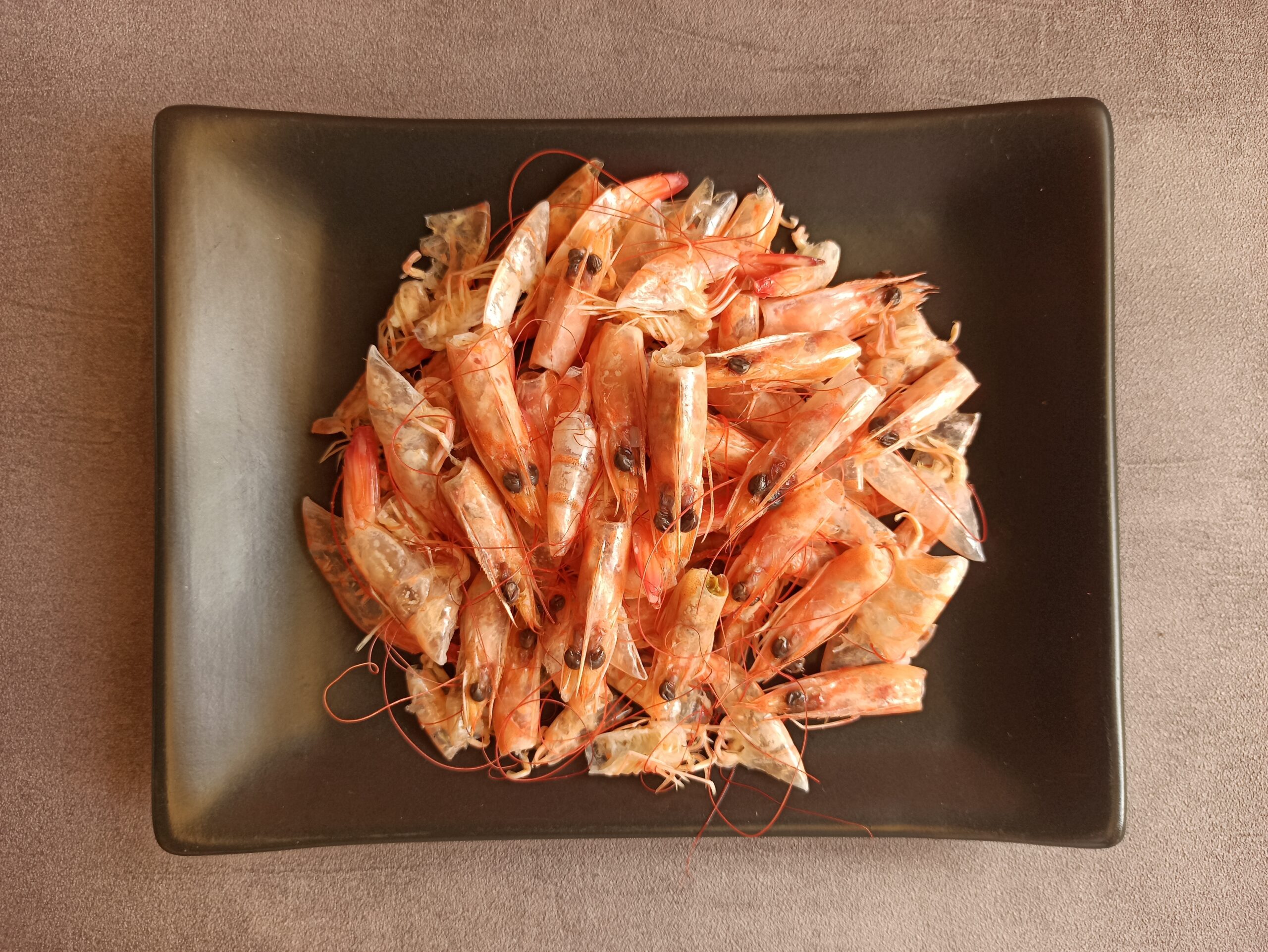
Reducing food waste is a smart way to save money and make the most of what you buy. Instead of throwing away food scraps like vegetable peels, bones, and stale bread, find ways to repurpose them. Vegetable peels and ends can be used to make homemade vegetable broth, which can serve as a base for soups and stews. Bones from roasted chicken or meat can be simmered to create a rich, flavorful stock. Stale bread can be turned into croutons, breadcrumbs, or used in bread puddings. By repurposing scraps, you get more value from the food you purchase and reduce the amount of waste you produce.
This article originally appeared on RetailShout.
More From RetailShout
ALDI’s 15 Sneak Peek Finds for the Week of 11/13/24 – 11/19/24

ALDI’s got some awesome finds lined up this week, perfect for getting ready for the holiday season. From cozy decor to gadgets that make life easier, there’s something for everyone in the lineup. Read More.

It’s amazing how Target manages to offer such stylish pieces that don’t break the bank. From home décor to trendy outfits, Target is full of hidden gems that look way more expensive than they are. Read More.

Fall is the perfect time to enjoy comforting meals paired with seasonal drinks that enhance the flavors of the season. From cozy dinners to festive gatherings, the right food and drink pairing can elevate your fall experience. Read More.



